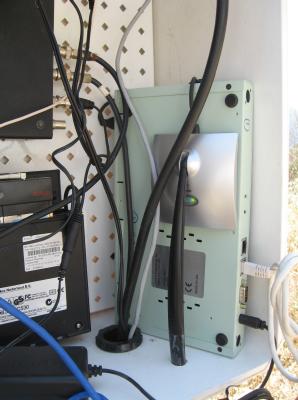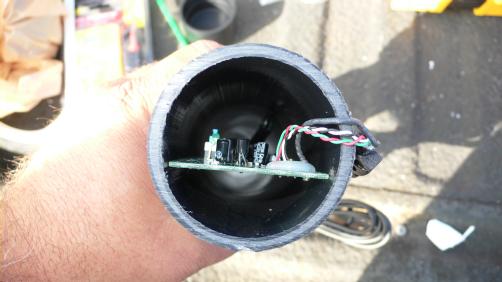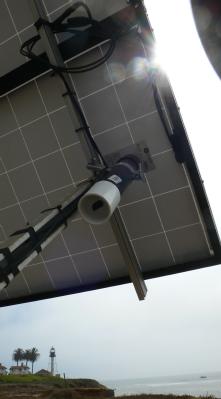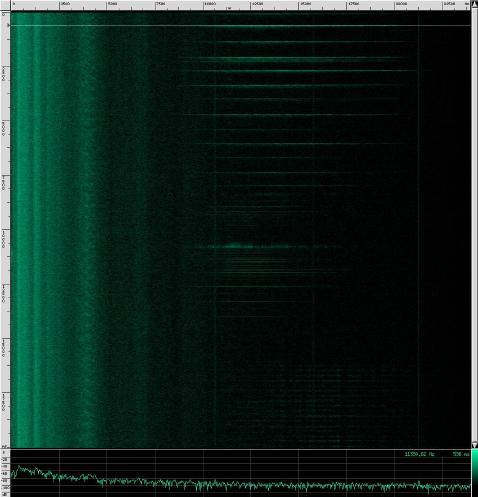
|
|
|
|
October 2, 2008
Listen to the River and the Ocean: Experimental HPWREN Acoustics Sensors
As part of ongoing experimentation with often inexpensive sensors, HPWREN, with the SDSU Field Stations Program and the NPS Cabrillo National Monument as collaboration partners, has begun a prototype deployment of acoustics sensors for environmental sounds. This is specifically a prototype deployment to study the feasibility of low-cost technology for capturing acoustics signatures in interesting environments, while being basically cobbled together out of mostly existing parts with significant room for improvements. The two locations used are near the river in the SDSU Santa Margarita Ecological Reserve, and next to the tidepools at the NPS Cabrillo National Monument. The sensors are out of the way from where humans typically are, with the intention to collect "natural" sounds. The sound data is being made available to interested researchers and educators. As a starting point, sound samples are currently collected for 20 seconds every 30 minutes, at 48,000 16-bit samples per second. the resulting file is transmitted to a centralized server at the UCSD San Diego Supercomputer Center and processed into a time over frequency Fast Fourier Transform "thumbnail" image. An initial version of a data interface is at /Acoustics/, and sorted by sensor, date, and time. An example sound file appears to show bat activity at the Santa Margarita Ecological Reserve, and can be processed with a DSP to make the high-frequency sounds audible.
"The addition of an acoustical sensor and graphical display of these data is yet another facet of the rocky intertidal zone which visitors may experience remotely via the website," says Susan Teel of the NPS Research Learning Center about the Cabrillo National Monument deployment, while hoping for sound samples of waves, wind, birds, and rain, as well as a Point Loma fog horn. The team would welcome feedback and suggestions for improvements from those working on similar objectives and technologies. |




